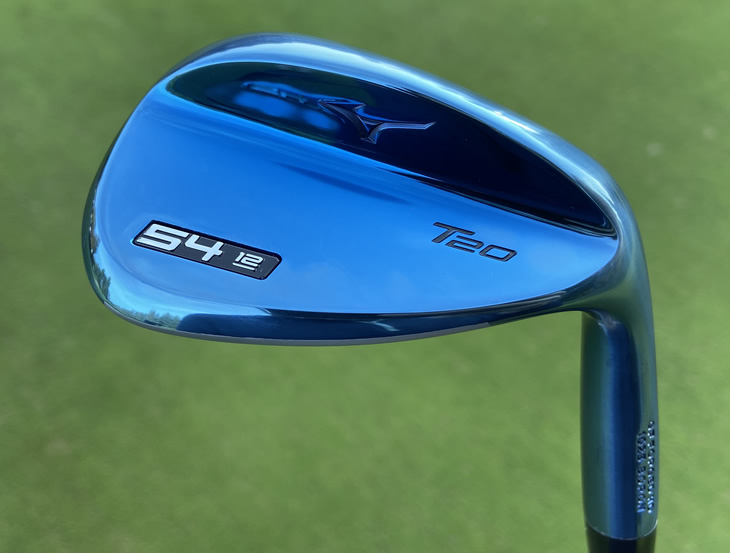Mizuno has had an excellent year so far thanks to the release of the MP-20 Iron range which went down very well with my colleague Sophie, along with more success in the professional game thanks to a certain un-contracted star, Brooks Koepka, continuing to rack up majors.
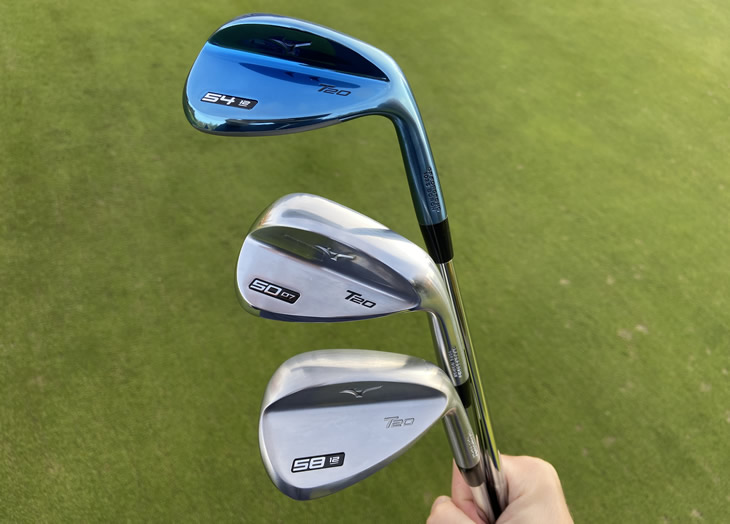
This year the brand has brought back the T-Series wedge for the first time since 2016, much to the relief of the likes of Luke Donald and Eddie Pepperell who had been stuck with previous models in favour of the more recent S18.
What's It All About?
The T20 wedge also signals a bit of a reorganisation by Mizuno with their release pattern, as these 'better player' wedges have been released alongside the corresponding MP product range rather than a year apart. This gives Mizuno fans the chance to completely update this end of the bag with all of the latest gear.
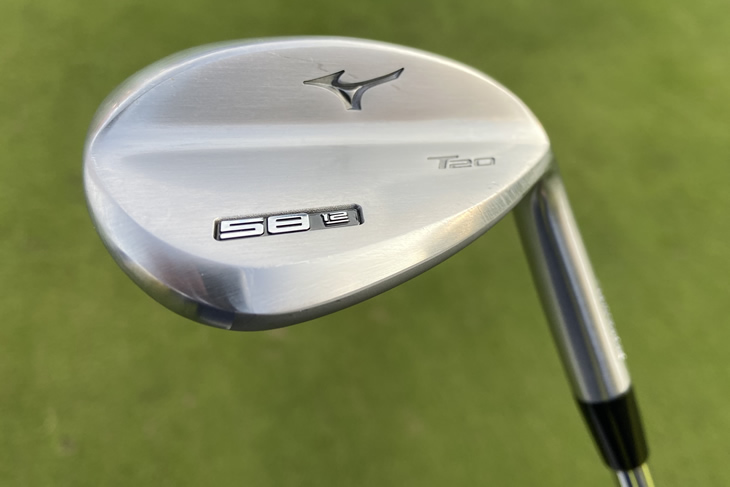
The 'T' in T20 actually stands for teardrop and accurately describes the shape of the clubhead, blending itself nicely with the MP20 iron range. The S range, last seen with the S18 Wedge, is more rounded and so more suitably accompanies the JPX range, which leans towards game-improvement.
The biggest new innovation for 2019 is the Hydroflow Micro Grooves. The R&D team at Mizuno wanted to focus on providing consistency with these new wedges and so the idea of the grooves is that they can control spin rates better in different conditions, for example when it is very wet.
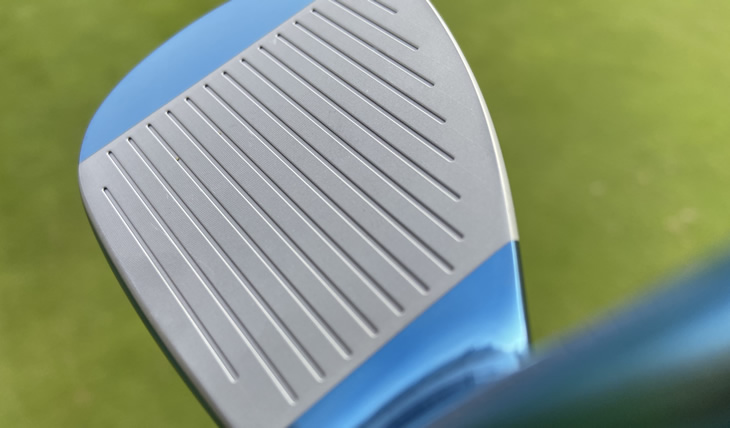
To do this they have basically etched a series of vertical grooves to help force moisture off the face, which should maintain spin rates. These go alongside the existing CNC Milled Grooves, which vary in depth and width between lofts for optimum performance depending on shot length.
Mizuno are renowned for their forging process and this is no different with the wedges. The T20 are Grain Flow Forged from carbon steel in their factory in Japan for that famous 'Nothing Feels Like A Mizuno' touch and feel.
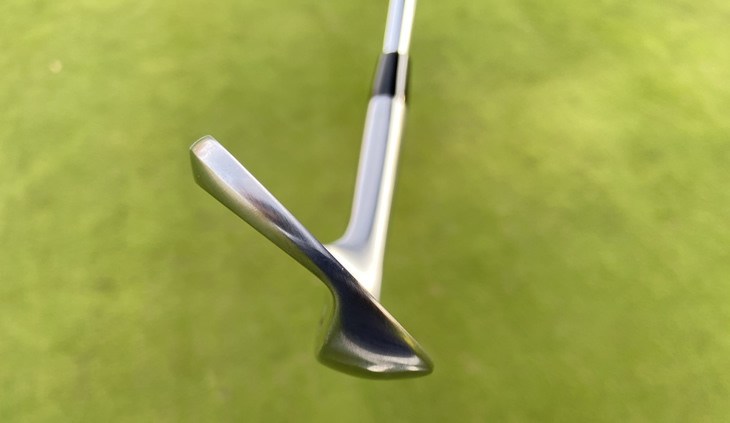
Finally, Mizuno has used something called 'spin weighting', whereby more weight has been focused higher up in the clubhead to raise the centre of gravity and produce more spin and more forgiveness on off-centre strikes.
Mizuno Says...
The updated T20 has been a long time in coming - but with a few extra design tweaks we learned over the last year will finally bring all that wedge goodness back to the public.
Kyle Hammond, PGA Tour Technician
The Test
I took the wedges down to the fantastic Prestbury Golf Club for 18 holes of testing, giving myself the opportunity to test them on the variety of different slopes, lies and stances that you'd encounter during any normal round of golf.
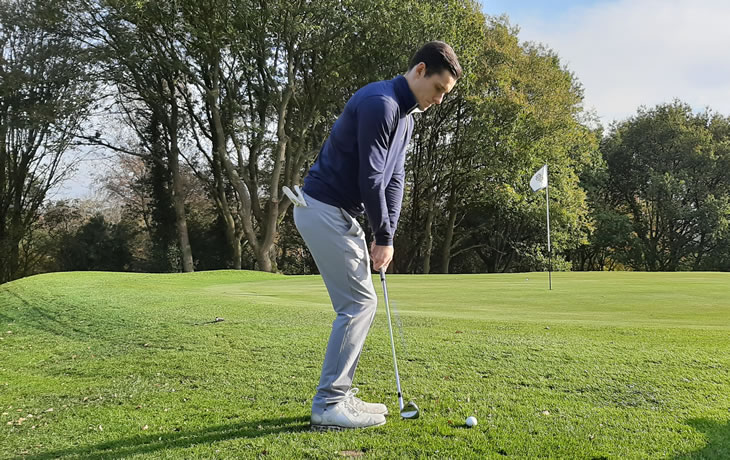
I also conducted some testing of the Hydroflow grooves in both wet and dry conditions to see whether they really could give you more consistent results even if the weather takes a turn for the worst.
Finally I headed down to The Range in Manchester to collect some ball data.

Whilst this is less important with wedges than drivers and irons, because most shots will be short chips and pitches where feel is a priority, it is still good to compare with similar products from other brands to see whether the T20 Wedges are worth considering.
Mizuno T20 Wedge Review
These wedges are about as good-looking as you can get in the short game department. As with the iron releases Mizuno seems to have gone for an understated look, and little touches like removing the paint fill from the running bird logo give this an even more classic finish. You'd be hard pressed to find a golfer who doesn't think that, on shelf appeal alone, these look great.

There's a choice of three different finishes - traditional chrome, an eye-catching blue ion or a new 'ready-to-rust' raw finish. As with virtually any Mizuno club, they look fantastic.
The chrome was probably my favourite although it was susceptible to glare in the early-morning sunlight, whilst the blue ion also looked great and is bound to catch the eye of your playing partner if you put one in the bag. The blue finish will start to wear off on the sole after a couple of weeks of regular use though, so bear that in mind.
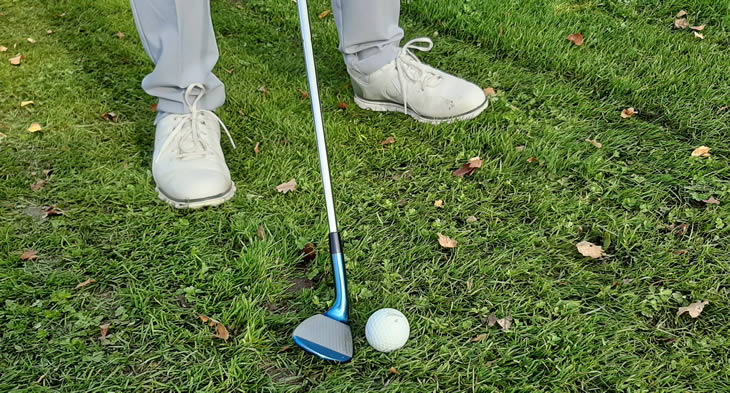
Down by the ball, the topline of these wedges is surprisingly thick - presumably as part of the plan to keep weight higher up in the head.
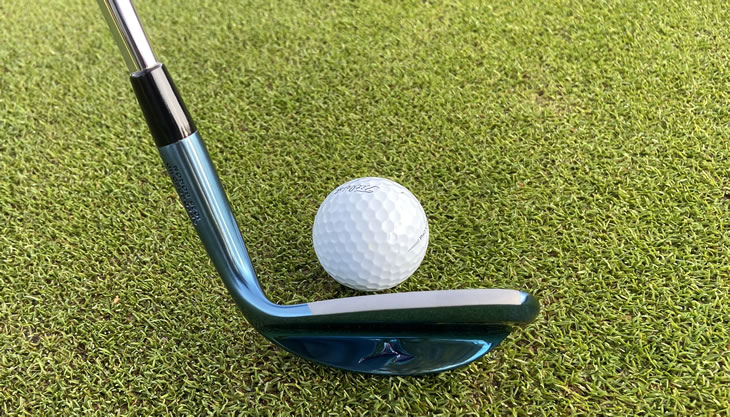
It's not a classic Mizuno bladed wedge look in my opinion and whilst it might give some mid-handicap golfers a little more confidence to use a wedge like this, it did take a little getting used to.
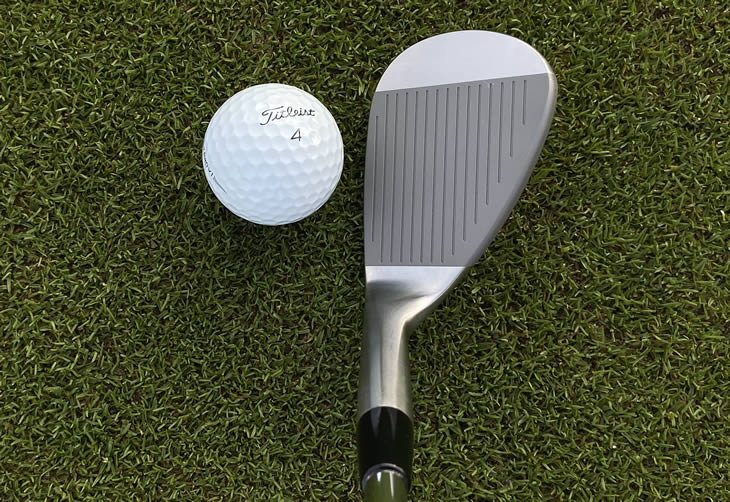
I was especially surprised when comparing the wedges to the MP-20 range, particularly the MB and HMB models, that the wedge did look noticeably bigger than the pitching wedge in the iron set.

The slightly bigger head made this a little easier to strike than normal out of thicker rough, as it felt like it was a little easier to get through the grass and into the back of the ball.
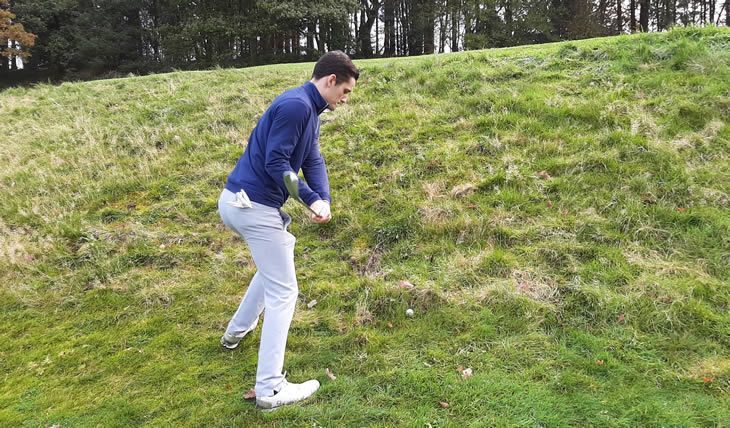
Having a slightly higher toe from the teardrop design, as well as a higher centre of gravity, is a bonus because you should get a little more forgiveness in those instances where you catch the ball slightly high on the face coming out of the rough.
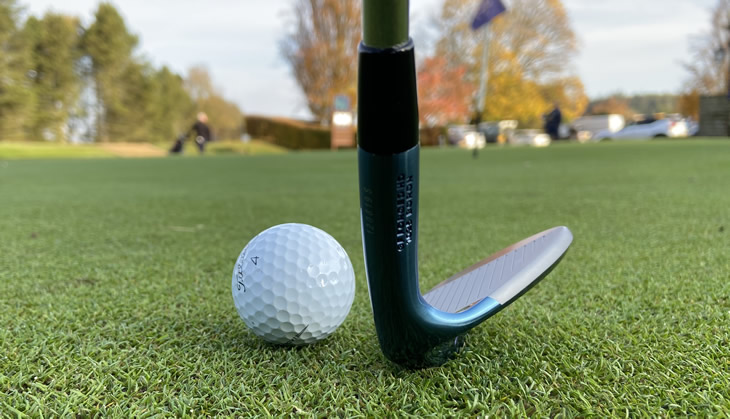
Using the 58 degree lob wedge from the bunker I was impressed by the ease with which I was able to get the ball up and out, even when faced with a couple of tricky lies and stances.
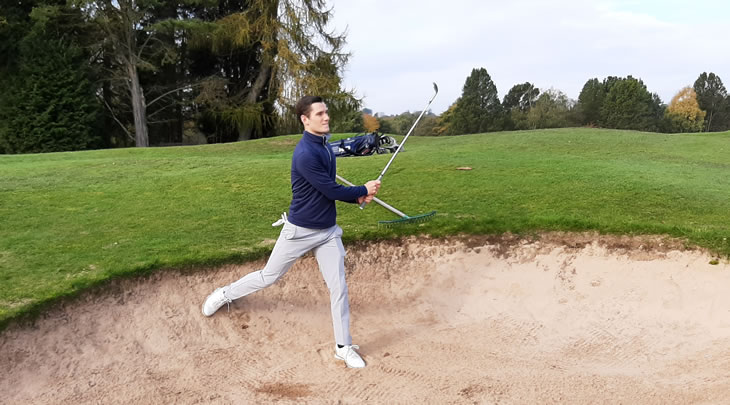
Having 12 degrees of bounce in the 'Aggressive C Grind' meant that I was able to open up the face nice and wide and slide it under the ball.
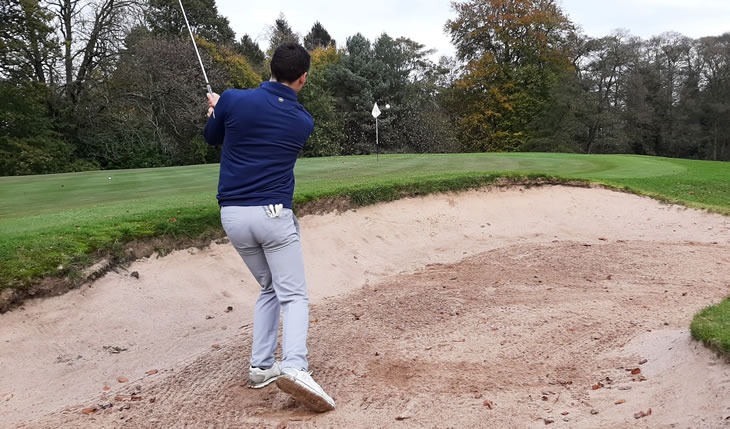
When hitting fuller shots in from the fairway, there's a nice sharp click that greets you with a solid strike. Although to be honest I was expecting a little bit of a softer feel with these being forged Mizuno wedges, but that's probably just personal preference.
They weren't clunky by any stretch, but considering the brand's own strapline suggests that 'nothing feels like a Mizuno', I didn't quite get the unmistakeable feedback that I was expecting.
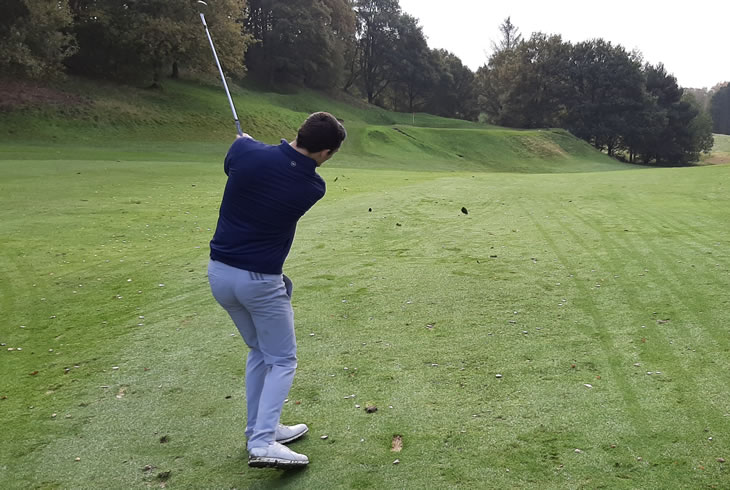
Whilst spin rates were good from the fairway, they were probably a little less dramatic than the Callaway MD5 JAWS and TaylorMade MG2 models that I have tested recently on the course. However, it's not all about ripping back down the green - as long as you have the confidence that the ball will stop up and you can control the amount of spin you generate.
I also tested the new Hydroflow grooves in true Bryson DeChambeau style by hitting a number of chip shots, some where the ball and club face were dry and some where they were wet, to see whether the grooves were able to combat the usual drop-offs in spin and control.
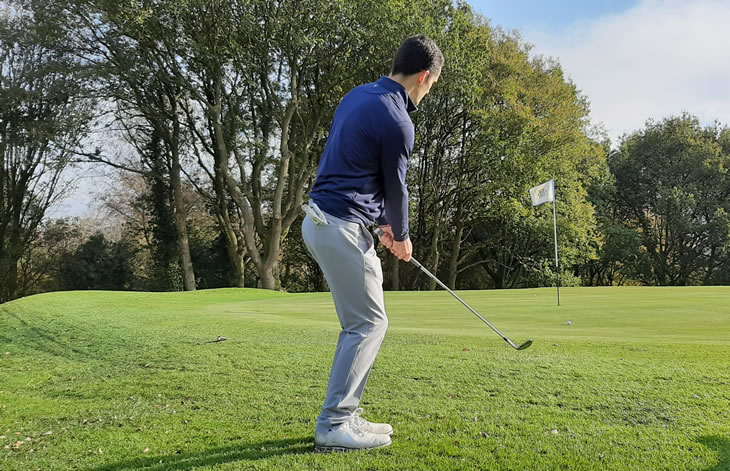
Overall the results were pretty impressive. Whilst the dry shot still checked up a little quicker you could definitely sense the micro groove working hard on the wet shot, and you don't get that poppy feeling of the ball just slipping off the face with little control.
Obviously this is hard to measure definitively because there will always be other factors at play, but I think that over the course of a season using these wedges you would see that in wet conditions, the wedges perform consistently well.
There are three different grinds available in the T20 range. A Standard Bevel is suitable for the lower lofted wedges, subtle M Grind has high bounce options up to 16 degrees, and the Aggressive C Grind is aimed towards the higher lofted wedges.
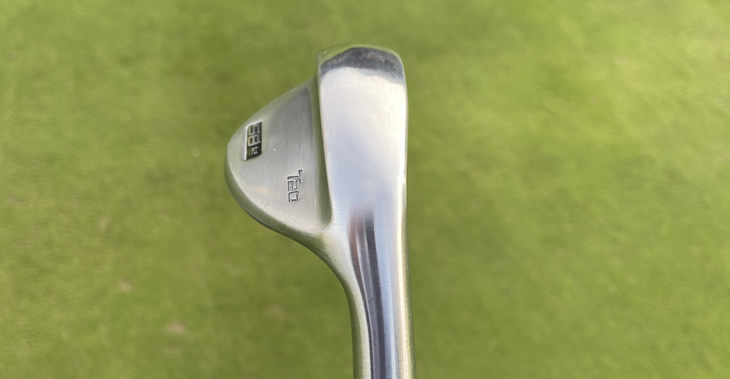
Whilst there are plenty of low bounce options available I would always lean towards having more bounce as it just makes things a little easier unless you play in particularly firm conditions and/or are very confident in your short-game ability.
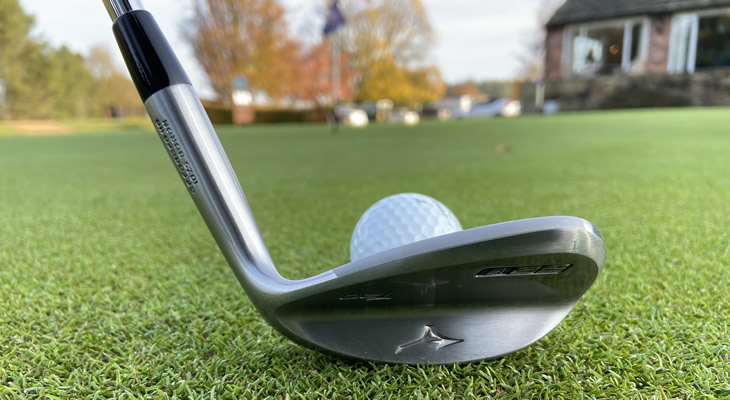
I enjoyed using the M Grind in the 54 degree sand wedge, as a versatile all-rounder. However I found that the grind and bounce options were a little confusing, especially as the grinds aren't actually specified on the club head, so getting a fitting is vital to ensure you have the best setup for your game.

Indoor, at The Range whilst the spin rates were not quite as high as they had been with previous wedges I have tested they were perfectly good enough and relatively consistent, even when I didn't strike the ball quite as well.

For comparison, the 7892rpm figure was around 300rpm less than the TaylorMade MG2 50 degree wedge that I tested recently. Whilst this is not drastic, and certainly wouldn't be enough alone to put me off using the wedges, it did support what I felt I had seen during my 18-hole test.
Mizuno T20 Wedge Verdict
For Mizuno fans who are interested in adding wedges to their current iron setup, it may seem as if the brand are seeking to bridge the gap a little with the T20, sacrificing a little bit of feel and workability for a slightly friendlier head which is more forgiving.
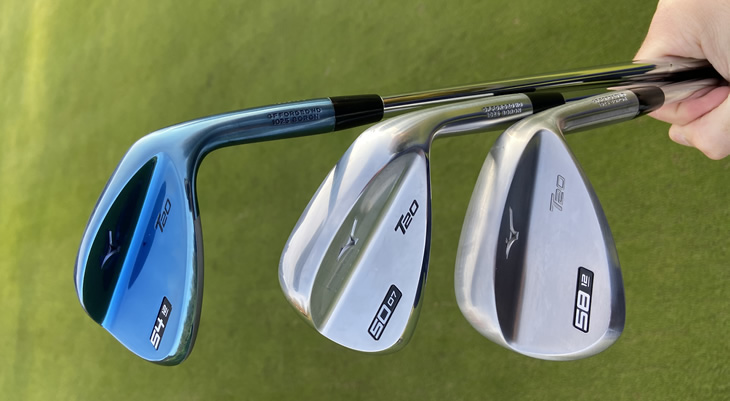
However the fact that tour players have been quick to add them to the bag suggests that they are still more than suitable for the better player.
These wedges do everything else that you would expect from Mizuno - look fantastic, perform well, and are bound to make your playing partners jealous when you arrive on the first tee with a brand new set.
Would I Use It?
I would have no issues with using the T20 wedges as they look great, perform well and feel pretty good.
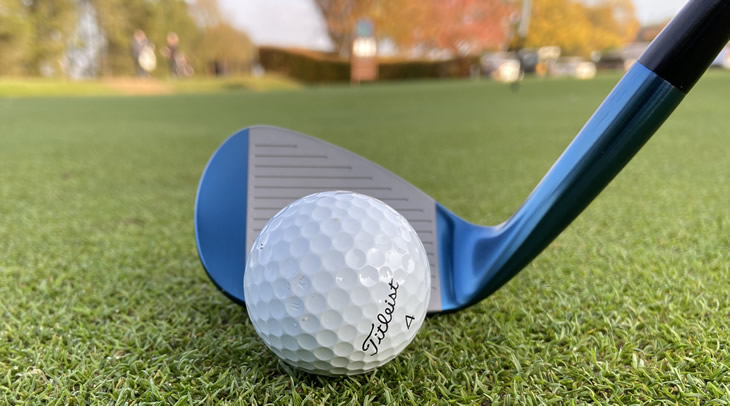
I'm not sure I would choose them over the Callaway MD5 or TaylorMade MG2 for feel, but of course that is personal preference, and I'm certain that they would not let me down.
Pros
- Fantastic looks
- Will blend well with existing Mizuno iron sets
- Good all-round performance
- Performed well in 'Wet v Dry' test
Cons
- Slightly chunkier than expected
- Feel was good without being outstanding
- Bounce and grind options were a little confusing
